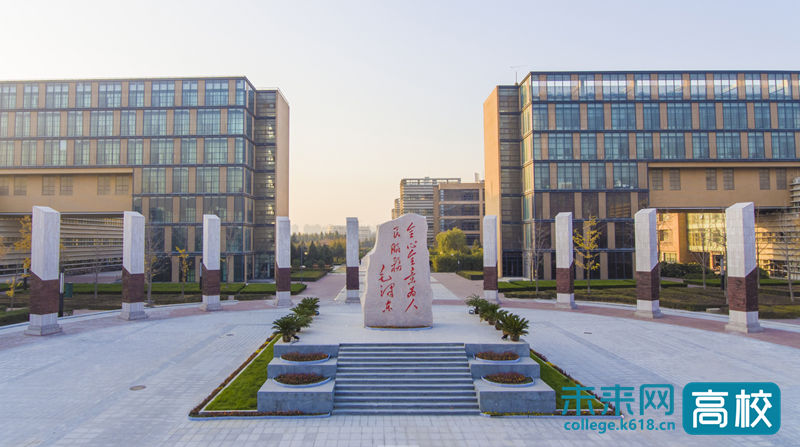Professor Wang Yongchao's team of Xi'an University of Electronic Science and Technology published research results on top academic journals in information theory
Author:Future Online Universities Time:2022.09.23
Recently, Professor Wang Yongchao's team of the ISN National Key Laboratory School of the School of Communication Engineering of Xi'an University of Electronic Science and Technology published an academic paper entitled "Decoding Nonbinary LDPC Codes via Proximal-ADMM APPROACH" in the top academic journal "IEEE TRANSACTIONS on Information Theory". : 10.109/TIT.2022.3147906). The first author of the thesis is Professor Wang Yongchao, and Bai Jing, a doctoral student in the team (worked at Shijiazhuang Railway University after graduation) and Professor Wang Yongchao communicated as the author of the paper.

Low-decidence Parity-Check (LDPC) code is a error correction code that can approach the limit of Kannon, which is widely used in modern wireless communication systems including 5G. Compared with the binary LDPC code, multiple LDPC codes have better error correction performance and stronger anti -sudden error capabilities in the short -to -medium long code area, and it is easy to combine with high -order modulation to obtain higher transmission rate and spectrum spectrum efficiency.
At present, the mainstream multi -LDPC decoding algorithm is based on the Belief Propagation (BP) strategy, and the decoding algorithm is used to calculate the approximate boundary probability by iteration. However, in practical applications, the iterative process of the BP decoding algorithm is theoretically unable to ensure convergence, and often the disadvantage of the high code platform high. In response to the above-mentioned problems, Professor Wang Yongchao's team based on the proximal-Admm method of nearby operators and alternating directions, for the first time, it proposed a multi-LDPC decoding method with convergence guarantee and excellent decoding performance.
Specifically, the team adopts a verification node decomposition method to convert the general diversified verification equation on GF (2Q) of GF (2Q) of GF (2Q) into a limited domain GF (2) upper three yuan verification equations, and then the limited domain is on the limited domain The verification equation is equivalent to the dual -linear constraints in the Eushi space. Through the application of linear relaxation, increased redundant constraints, and adding non -convex punishment items in the target function, it has constructed a new diversified LDPC code to the maximum like moded model. On this basis, by using the internal structure in the decoding model, the PROXIMAL-ADMM decoding algorithm of parallel works is designed. Theoretical analysis pointed out: The PROXIMAL-ADMM decoding algorithm calculates the computing complexity of each iteration and is linearly related to the code of the LDPC code. It does not require low-efficiency puppet multilateral projection operations, and the iterative algorithm has a convergence guarantee. The simulation results show that the decoding algorithm can not only obtain a better error correction performance than the current mainstream multi -BP decoding algorithm, but also has higher decoding efficiency compared to the existing mathematical planning decoding algorithm. (Correspondent: Xue Yan, Xi'an University of Electronic Science and Technology)
- END -
2022 new generation of communication network and artificial intelligence technology exhibition held in Xiong'an New District
The client reported that the new generation of communication networks and artificial intelligence technology exhibitions were held in Xiong'an New District.The aim of this exhibition aims to give full...
Can humans be positioned echo?You can learn in 10 weeks

Science Fiction Network June 23 (Qin Yingying) According to BGR reports, when you ...